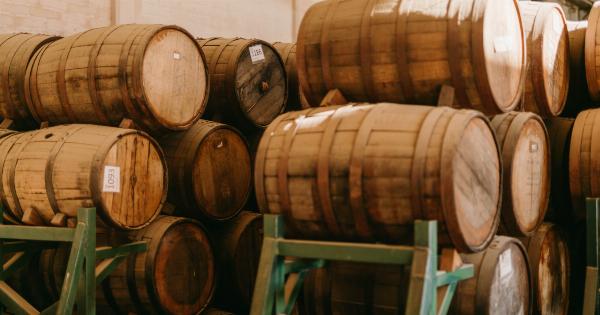For coffee enthusiasts, there’s nothing quite like the anticipation of that first sip in the morning. The rich aroma, the complex flavors dancing on your tongue – it’s a sensory experience that can’t be replicated.
But did you know that the taste of coffee can change over time? In this comprehensive guide, we explore the various factors that can alter the taste of your favorite brew and provide insights into how to appreciate these taste changes.
1. Roasting Levels
The degree of roasting is one of the primary factors influencing the taste of coffee. From light to dark, each level brings unique characteristics to the cup. Light roasts tend to have brighter acidity and distinct floral and fruity notes.
Medium roasts strike a balance between acidity and richness, while dark roasts offer a fuller body and bittersweet flavors.
2. Brewing Methods
The way you brew your coffee can significantly impact its taste. Whether you opt for a classic drip coffee maker, a French press, or a pour-over method like the Chemex, each technique provides a distinct profile.
Experimenting with various brewing methods can unlock new flavors and textures, allowing you to personalize your coffee experience.
3. Water Quality
Water plays a crucial role in the overall taste of your coffee. The mineral content, pH level, and filtration process can all affect the final result. Hard water, for example, may obscure certain flavors, while soft water can enhance brightness.
Using filtered water or finding the right balance for your specific coffee beans can help you optimize the taste.
4. Coffee Bean Origin
The region where coffee beans are cultivated contributes to their flavor profiles. Arabica beans, grown at higher altitudes, often exhibit floral and fruity notes.
On the other hand, Robusta beans, which thrive in lower altitudes, tend to have earthier, more intense flavors. Exploring coffees from different regions can introduce you to a world of diverse and enticing tastes.
5. Freshness
Just like any other food product, coffee is best enjoyed fresh. The flavor compounds within coffee beans undergo chemical changes over time, resulting in a loss of complexity and intensity.
To experience coffee at its peak, aim to purchase whole beans and grind them just before brewing. This ensures that you capture the maximum flavor potential.
6. Storage Methods
Proper storage is essential for maintaining coffee freshness. Exposure to air, light, heat, and moisture can all degrade the quality of your beans. To preserve their flavor, store your coffee beans in an airtight container in a cool, dark place.
Avoid storing them in the fridge or freezer, as temperature fluctuations can cause condensation and compromise taste.
7. Flavor Additions
If you’re someone who enjoys experimenting with different flavors, adding syrups, spices, or other additives to your coffee can be an exciting way to modify its taste.
From vanilla and caramel to cinnamon and nutmeg, these additions can complement or transform the natural flavors of coffee. Just be mindful of the balance, as too much can overpower the original taste.
8. The Aging Process
Believe it or not, coffee can age like fine wine. Over time, coffee beans continue to develop and change in flavor. Some coffee connoisseurs even prefer aged coffee, claiming that it acquires unique flavor nuances.
Like with wine, aging coffee requires proper storage and patience. It’s a realm worth exploring for those willing to embark on a journey of taste evolution.
9. Grinding Techniques
The way coffee beans are ground can significantly affect the taste of your brew. The grind size determines the surface area exposed to water, impacting the extraction process.
Coarser grinds generally lead to under-extraction, resulting in a weaker taste, while finer grinds can lead to over-extraction and bitterness. Finding the right grind size for your preferred brewing method is key.
10. Personal Palate
Last but certainly not least, each individual’s palate is unique. Personal preferences for flavors, sweetness levels, and acidity can greatly influence how we perceive the taste of coffee.
Don’t be afraid to experiment and trust your own taste buds. You may discover that what others find unappealing is precisely what you enjoy. Embrace your personal palate and savor the diverse tastes of the coffee world.






























